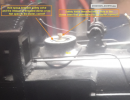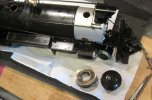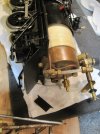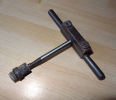tac foley
Registered
As long as the valve isn't as tight as the dome threads . .
Another thought. Now you have the dome open, can you open up the hole by cutting away the thick sides? I have no idea what kind of tool would do that! Taper drill? Sanding drum in a Dremel?
Give yourself more room to grab the valve body.
Thinking about it............maybe a LARGE standard drill bit in a press. I don't have anything that big, and I certainly don't have a drill press that would hold one that big, but I know a man who has. Thanks.







